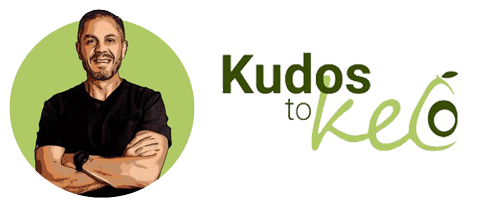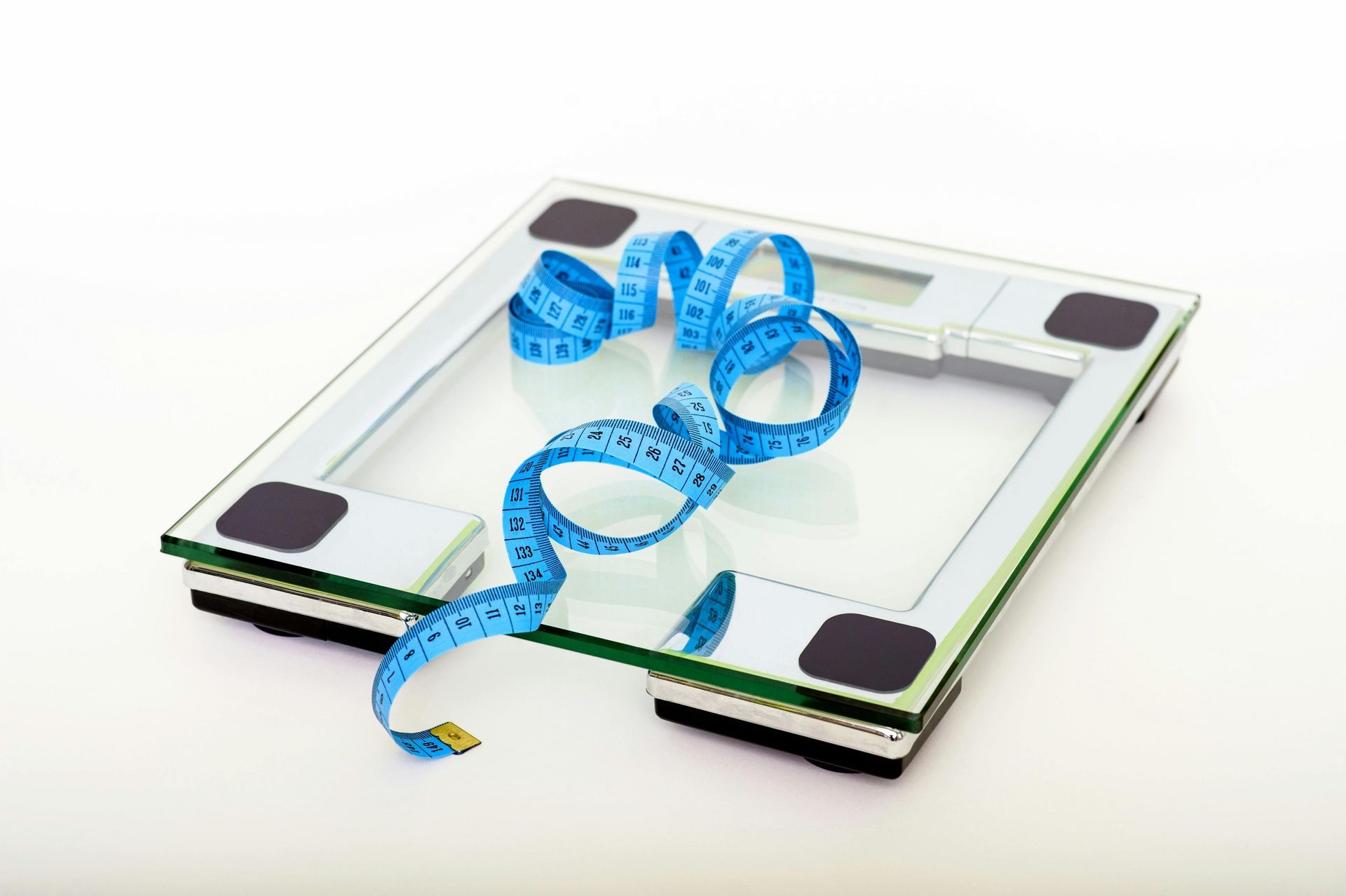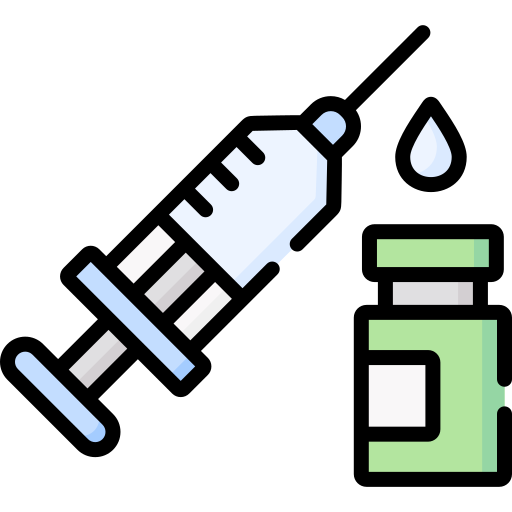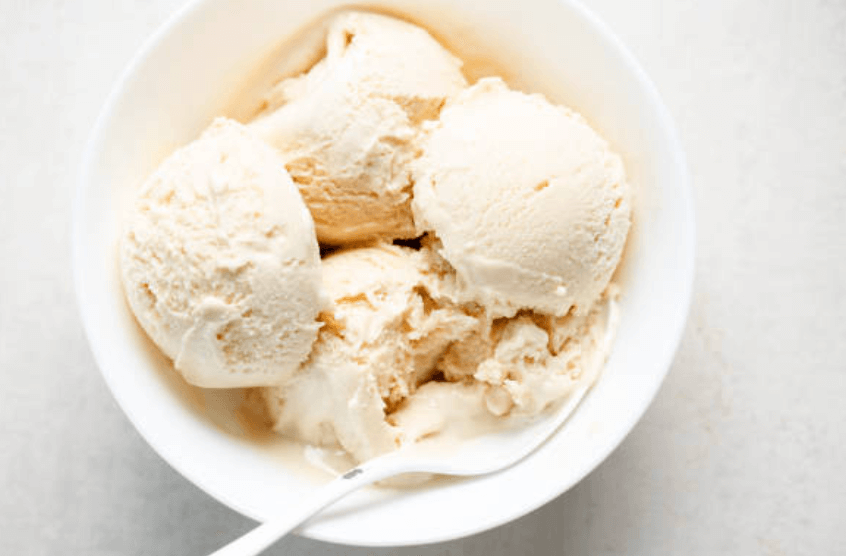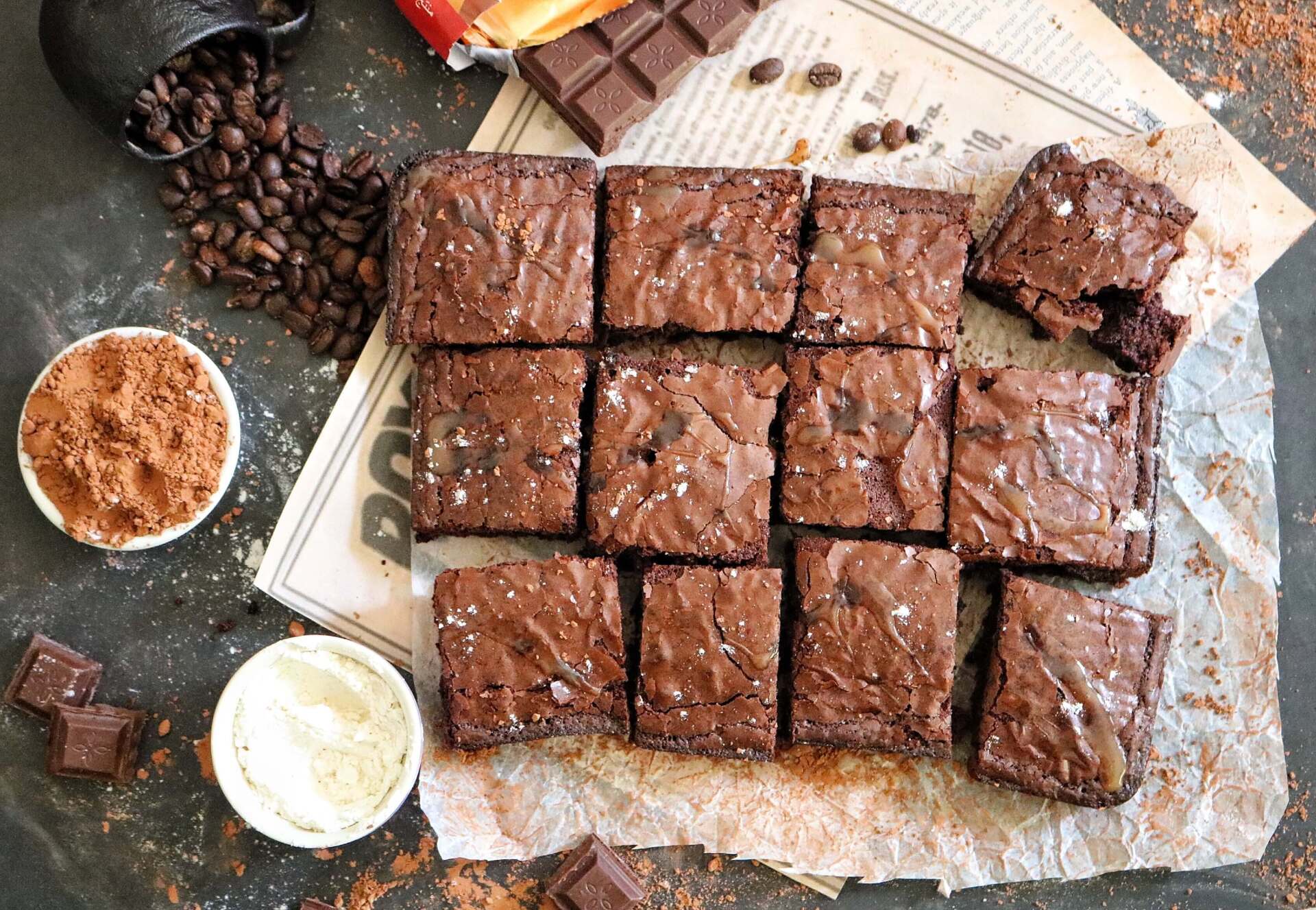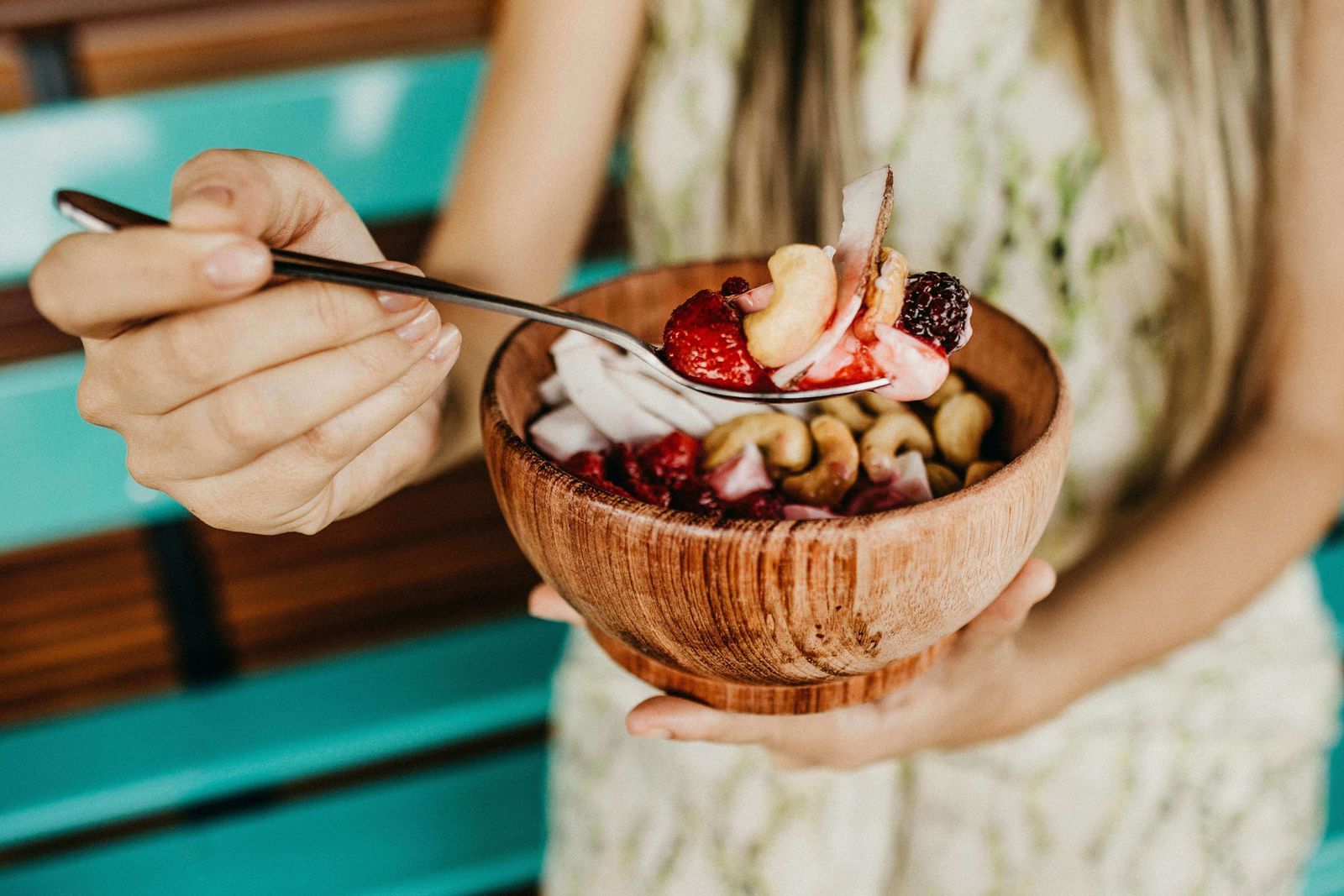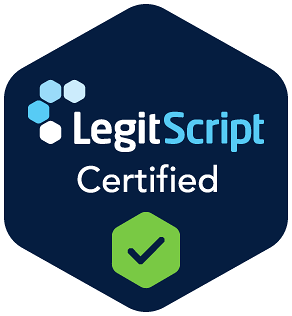Keto for Beginners
Keto for Beginners
A Comprehensive Guide to Keto Diet for Beginners
Introduction: What is Ketogenic Dieting (keto diet)?
keywords: keto, ketogenic diet, keto diet plan
A keto diet is a way of eating in which you consume foods with high levels of fat, moderate protein intake, and low amounts of carbs to produce ketones, which your body needs for energy supply.
The keto diet has been proven to be effective for not only weight loss but also for some diseases like epilepsy and diabetes.
This diet has been used for decades for children with epilepsy that are not responsive to medications. The discovery of the ketogenic diet came from the observation that fasting seemed to have some benefits for epileptic children. Not only does this provide insight into why this type of diet might cause a decrease in seizures, but it also suggests that it might help other types of diseases as well like Alzheimer's, and Parkinson's.
In this article, we will show you the main benefits and elements of a balanced keto diet plan.
Benefits of a Ketogenic Diet
keywords: keto diet health benefits, keto weight loss
A ketogenic diet has been proven to be an effective way of losing weight and managing diabetes.
A ketogenic diet usually consists of high- fat, moderate protein, and low carbohydrate content. It is not only a low-carb version of a normal Western diet but also implies eating a lot of good fat, like the ones contained in avocado.
Most of the keto diet's health benefits come from the fact that it causes the body's metabolism to shift from relying on glucose for fuel and, instead, using fat.
The idea behind it is that when someone cuts out carbs from their regular diet, they enter ketosis. Ketosis is an altered metabolic state where your body starts to burn fat instead of glucose as its primary fuel source. Basically, it forces your body to go into survival mode so that the body can use fat as fuel rather than carbohydrates or sugars.
This dietary approach has been proven to help people lose weight with keto, maintain their weight over the course of a lifetime, reduce chronic metabolic illnesses and improve mental health.
Some other benefits are:
- Weight loss and lower cholesterol levels within weeks
- Significantly improved type 2 diabetes
- It is good for people who suffer from seizures and epilepsy
- Decreased risk of heart disease
- Reduced risk of cancer and Alzheimer's disease
- Allows you to eat almost as much fat as you want!
How to Start a Low-Carb or Keto Diet Plan?
keywords: low carb diet plan, how to start the keto diet
A low-carbohydrate diet such as a keto diet is a style of eating wherein carbohydrates are reduced to below the 50 g/day mark with no more than 20 grams per day coming from sugars. This diet also limits proteins foods to no more than two servings per day, which can result in quick weight loss and improved health.
Now, if you’re wondering how to start a keto diet, the first step in starting a low-carb diet plan is, obviously, reducing carbohydrate intake. It's recommended that only 5% to 10% of daily calories come from carbs, so that translates into between 100 and 200 grams per day depending on your caloric needs until it goes down to even 50 grams per day.
So, if you want to start a keto diet plan, these are some foods you should eat:
● meat: red meat, steak, ham, sausage, bacon, chicken, and turkey
● salmon, trout, tuna, and mackerel
● eggs
● butter and cream
● unprocessed cheeses like cheddar, goat, cream, blue, or mozzarella
● nuts and seeds: almonds, walnuts, flaxseeds, pumpkin seeds, chia seeds, etc.
● healthy oils: extra virgin olive oil, and avocado oil
● avocados: whole avocados or freshly made guacamole
● low carb veggies: green veggies, tomatoes, onions, peppers, etc.
● condiments: salt, pepper, herbs, and spices
As you can see, even if it is a high-fat diet, it doesn’t mean you can eat anything you want as long as you avoid carbs. Here are some foods to avoid:
● sugary foods: soda, fruit juice, smoothies, cake, ice cream, candy, etc.
● grains or starches: wheat-based products, rice, pasta, cereal, etc.
● fruit: all fruit, except small portions of berries
● beans or legumes
● root vegetables and tubers
● low fat or diet products: low-fat mayonnaise, salad dressings, and condiments
● some condiments or sauces, such as barbecue sauce, honey mustard, teriyaki sauce, ketchup, etc.
● unhealthy fats like processed vegetable oils, mayonnaise, etc.
● alcohol: beer, wine, liquor, mixed drinks
Start Your Low Carb Diet Today!
Starting a keto diet plan can be challenging for a beginner. But with the right information and guidance, it can be an easy and enjoyable process. Fill out the form below, and we’ll get in touch with you to help you kickstart a keto diet plan.



